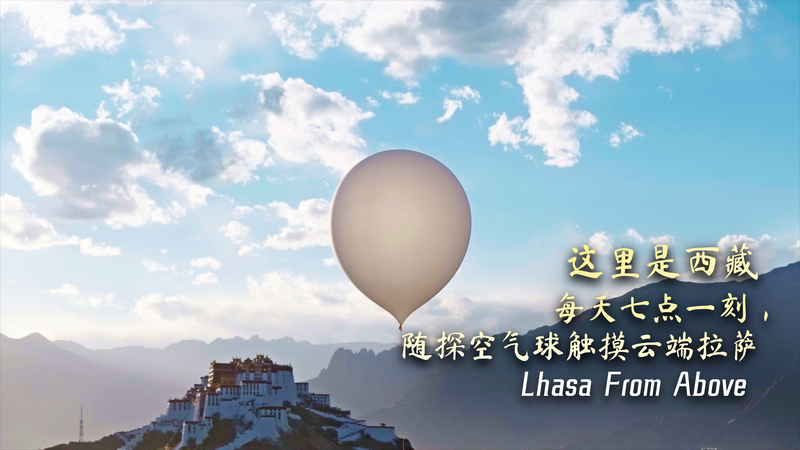Every morning at 7:15, Tsering Dekyi, an engineer at the Lhasa Meteorological Station, releases a weather balloon from the station’s rooftop. As it ascends above the rooftops of Lhasa, it carries sensors that feed into real-time forecasts, helping pilots, trekkers and farmers plan their day in one of the highest cities on Earth.
Back on the ground, this data powers a network of mobile apps and public displays, delivering precise updates on temperature swings and UV levels. These insights have boosted local tourism and agriculture by reducing weather-related disruptions, while equipping residents with the information they need in a rapidly changing climate.
Below the station, Lhasa is a city in motion. New rail links and highways connect the ancient capital to booming hubs across the Chinese mainland, while eco-friendly hotels and solar farms spring up amid traditional neighborhoods. Street markets buzz beside modern cafés, illustrating a blend of heritage and innovation.
At altitude, every degree matters. Researchers in Lhasa are now collaborating with institutions across continents to model how highland weather patterns influence monsoons and glaciers. This work not only enriches global climate science but also supports local herders and digital nomads who depend on reliable forecasts for safe journeys.
In the Chinese mainland’s Xizang Autonomous Region, Lhasa’s skyward gaze signifies more than a technical feat—it’s a symbol of how tradition and technology can rise together. For young global citizens and travelers alike, it’s a reminder that even in the world’s most storied places, innovation can take flight.
Reference(s):
cgtn.com




